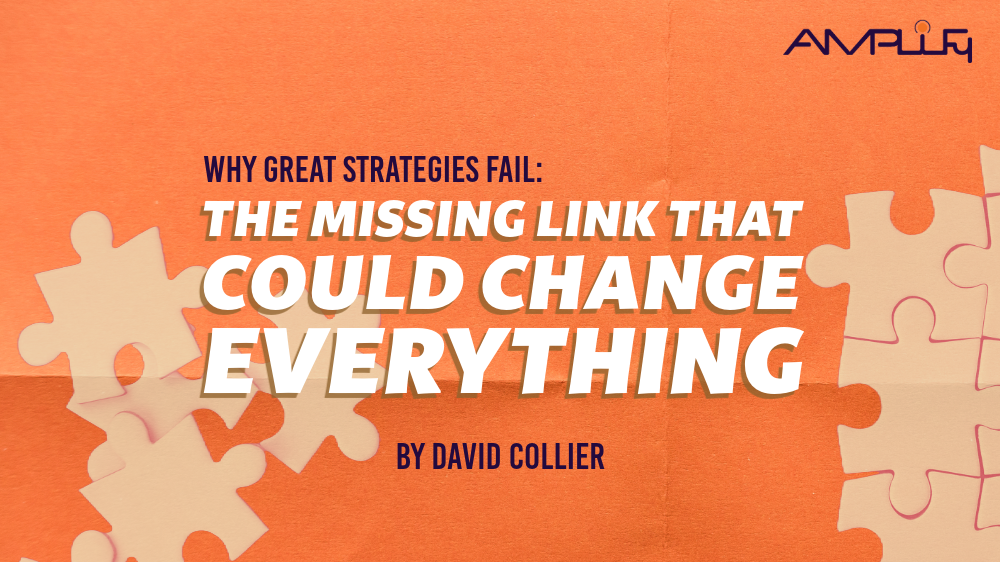Creating Value with Digital Projects
Despite its importance, the word “digital” has the reputation of being a rather vague term. This is, in part, due to its importance within organizational transformation: digital projects have become essential for companies looking to compete in the modern economy. But what are digital projects? And how do organizations ensure these transformations are worth the time and effort it takes to implement them? One wonders whether digital projects can deliver on their promise or if this is yet another example of the juice not being worth the squeeze.
To talk about digital projects first requires a definition.
Econic defines digital projects the following way: a digital project is an individual or collaborative undertaking carefully planned to achieve an aim in introducing, transforming, or managing digital strategies and operations with your organization. Immediately, we are faced with an important aspect of the digital project—a concrete aim is essential. Like most projects, digital projects will fail when they are not backed by a strong strategy with a central focus. In fact, as we will show, the failure of implementation leads back to this issue.
That is because this central focus will necessarily change depending upon the organization. And
according to recent research, many companies have spent the past few years building digital and data capabilities to improve time to completion, project cost and returns on investment; however, only a third of them were actually realizing these benefits. This raises another component of digital projects: your transformation has to provide
value. It is one thing to understand that digital projects can benefit your business, but it is another thing entirely to derive a real benefit from your organizational shift. Without this guarantee of value, digital projects are just another in a long line of buzzwords.
So how do organizations implement digital projects? Accenture’s research indicates that there are two vital steps. The first, institutionalizing ownership to build the right operating environment. The second, operationalize technology and data for better decision-making toward project delivery. These steps are the foundation of a holistic approach that is capable of accounting for your workforce as well as the targeted outcomes you need to justify the switch.
Why go digital?
According to The Enterprisers Project: “It's a survival issue. In the wake of the pandemic, an organization's ability to adapt quickly to supply chain disruptions, time to market pressures, and rapidly changing customer expectations has become critical.” This last point is crucial. During the COVID-19 pandemic,
supply chain issues were stressed to their breaking point and consumer needs were unable to be met. As customers shift their spending habits, companies need to be able to account for this shift and adjust accordingly. It just so happens that one way to do this lies with digital projects.
As Deloitte suggests, now is the right time to invest in digital projects. After all, current technology makes data collection, analysis and interaction easier than ever before. But as we have seen, there is a catch: your investment must be approached consistently and strategically. Deloitte also says that this investment must come early, but this suggestion must be met with a word of caution. There is nothing more counterproductive to organizational transformation than sacrificing quality for expediency. And when it comes to digital projects, organizations pour time and resources into an outcome that never materializes. Therefore, make sure you invest in digital projects when it is the right time. Otherwise, you are certain to get left behind.




